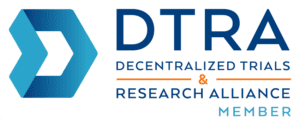With more and more research sites adopting site-based electronic systems, such as RealTime-eDOCS (eRegulatory) and RealTime-eSOURCE, it’s important for these sites to ask, “Am I leaving money on the table?”. Due to the value that these systems bring to the research process, it’s now more common than ever for sites to obtain payment from sponsors to cover the cost. While negotiation methods can vary from site to site, budgeting for these systems in your CTA with the sponsor/CRO is justified by the benefits gained by all parties.
Site-based systems offer greater efficiency in data collection processes, increased access to critical records, and an overall reduction in the costs of regulatory and data management. One example is virtual monitoring, which offers sponsors/CROs remote access to data records anytime and anywhere. This access saves tremendous travel costs. Virtual monitoring is also helping facilitate risk-based monitoring which helps sponsors/CROs better utilize staff and resources to manage trials.
Sites, sponsors and CROs are not the only ones to benefit, study participants experience streamlined engagement through virtual visits, telemedicine, electronic questionnaires and eConsent. With increased efficiency and remote access to records, investigators can focus more time on patient safety and patient retention.
When adding payment for these systems to your CTA, you may find that certain approaches work better than others. When adding a new “systems fee” to the budget, RealTime offers a justification letter that sites can send to the sponsor to showcase the value of the system. This approach can be very effective once the sponsor sees the benefits they receive in return for payment. If this approach isn’t effective for your site, other sites are successful building these costs into existing budget items. With eRegulatory, your existing archival and startup fees will already cover the cost since you are streamlining startup processes and no longer storing paper records. Even though these fees cover partial/full cost of the system, it’s good to try increasing these fees to further offset the cost of the system and receive fair payment for the cost of doing business. For eSource, many sites are successful by simply increasing their per visit revenue by as little as $10 per visit. With this tiny increase in visit revenue, RealTime customers ultimately get eSource and CTMS paid for on that particular study. Many RealTime customers also have a general overhead fee that is charged on top of the budget. From RealTime’s experience, this fee can range between 3-25% and is a great way for sites to cover costs that aren’t directly budgeted for in the CTA.
To summarize, RealTime is seeing more and more customers utilize site-based electronic systems in research and can obtain payment from their sponsor. With the clinical research industry moving more towards virtual visits, telemedicine and virtual monitoring, these systems offer all parties numerous benefits. Each site is finding creative ways to negotiate payment for these systems in their CTA. So again, are you leaving money on the table?






